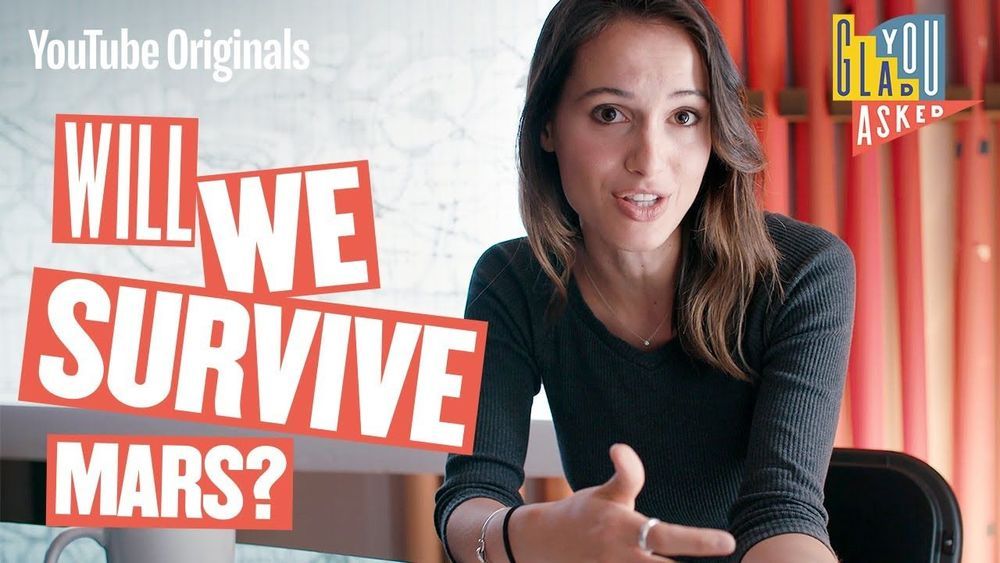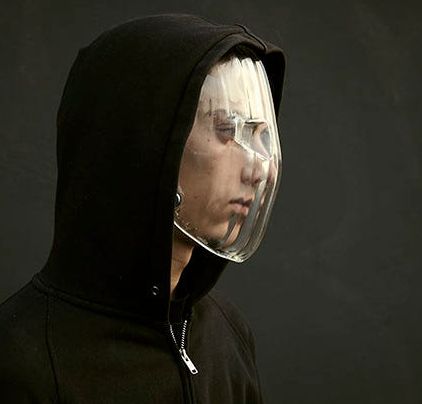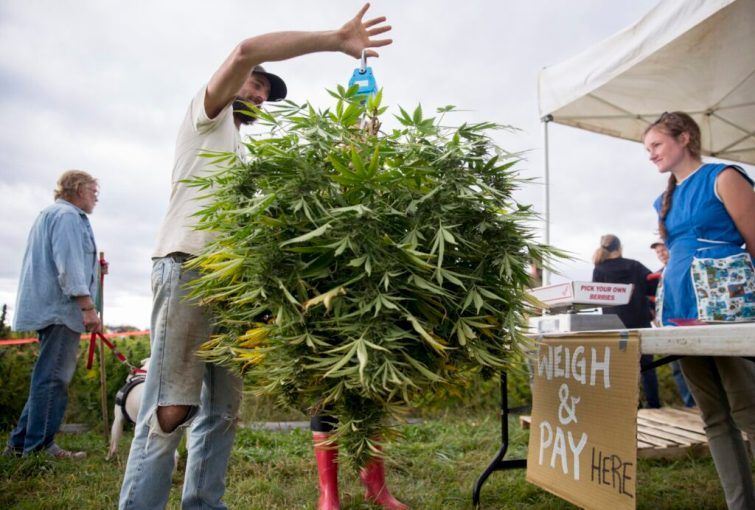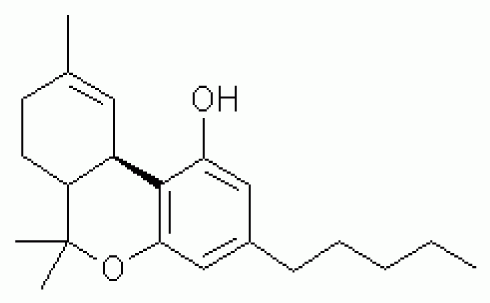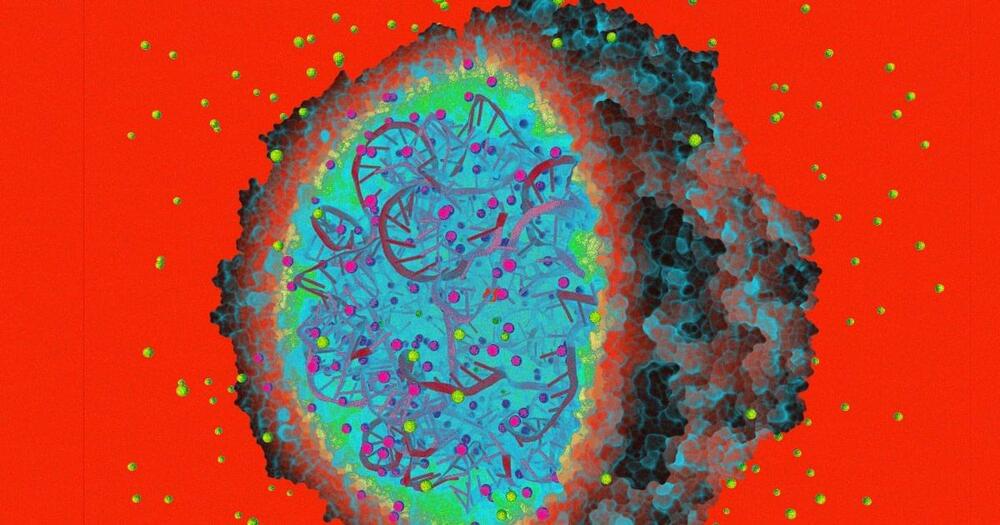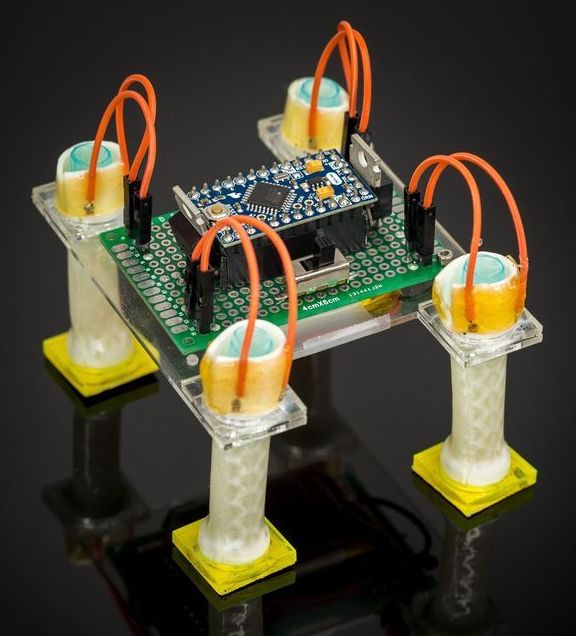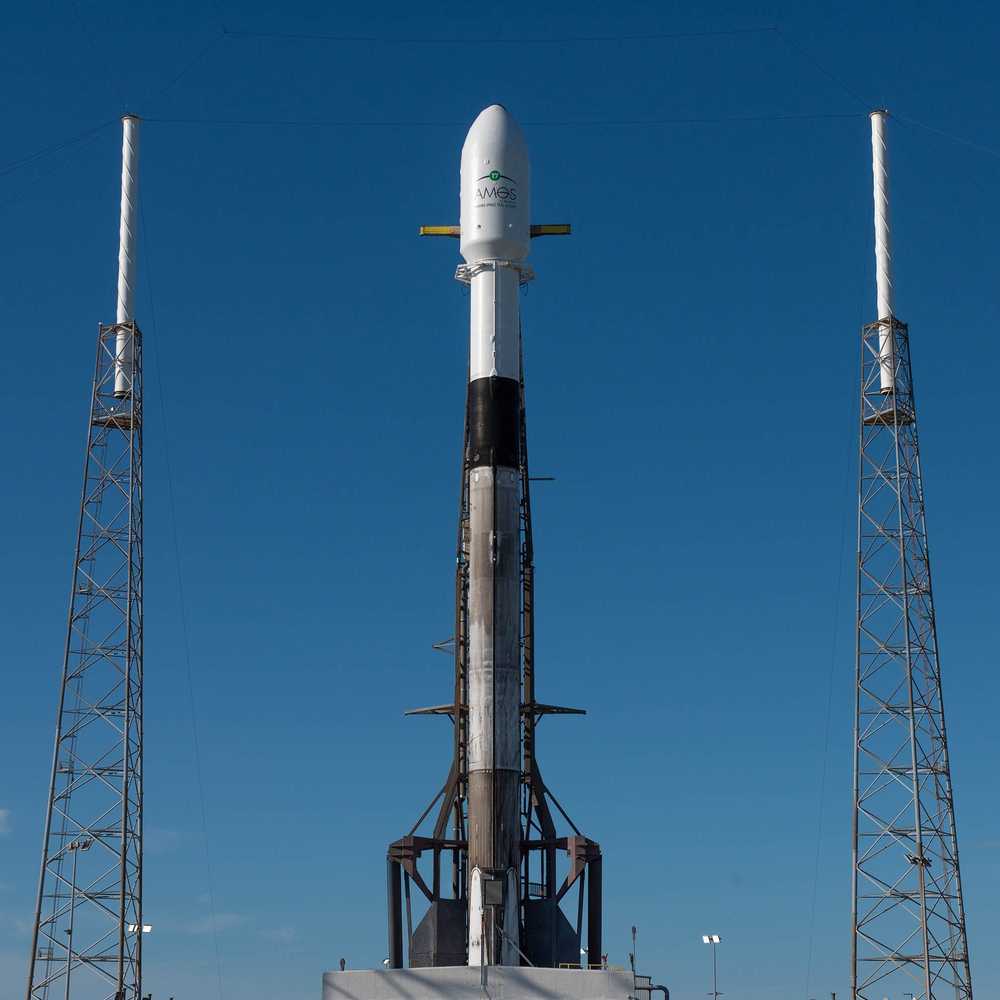NASA says the first humans will set foot on Mars in the mid-2030’s. It will be the most dangerous mission any human has ever taken. Glad You Asked host Cleo Abram wants to know: What comes after that? Not how do we get there, but how will we survive once we do?
Note: There are several Fahrenheit measurements in this piece.
The metric conversions are:
At 7:53: 212 degrees Fahrenheit = 100 degrees Celsius
At 8:04: 98.6 degrees Fahrenheit = 37 degrees Celsius
At 8:45: −81 degrees Fahrenheit = −62.8 degrees Celsius
You choose — watch all episodes uninterrupted with YouTube Premium now, or wait to watch new episodes free with ads.
Key sources:
International Space Station Integrated Medical Group Medical Checklist https://www.nasa.gov/centers/johnson/pdf/163533main_ISS_Med_CL.pdf
Examining Psychosocial Well-Being and Performance in Isolated, Confined, and Extreme Environments https://ston.jsc.nasa.gov/collections/TRS/_techrep/TM-2015-218565.pdf
